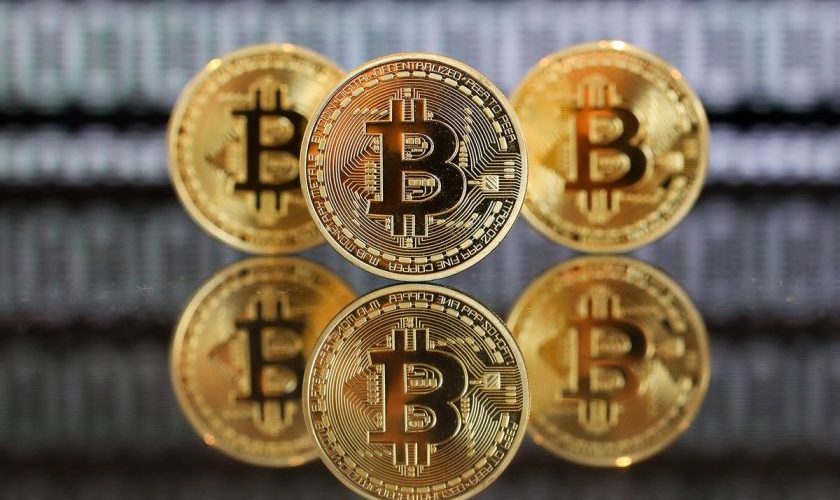You have already noticed that the fluctuations of Bitcoin price are immense. What is it connected with? Some specialists believe that they are directly correlated with the Bitcoin mempool size.
A mempool is where those transactions wait that haven’t been confirmed yet. If the mempool size is big, it takes longer for every single transaction to be confirmed. The more time it is needed for a transaction to be confirmed, the higher is the probability that a bigger fee will be charged for a transaction to confirm it asap. And the higher the transaction fees are, the less is the interest of investors in the coin. Thus, the coin price is supposed to drop. Based on this, we can conclude that the bigger the mempool is, the lower the coin price shall be.
The Correlation During Correction Periods
Let us check some facts though that can prove that the Bitcoin price on a specific BTC to NRG exchange might depend on the Bitcoin mempool size.
We would start with 2016 which was marked by correction periods in the Bitcoin price. At that time, the mempool size was big, and Bitcoin price was dropping. Even though different periods were correlated with a high difference in values (from -82% to -4.5%), but the general trend is easy to notice. A bigger mempool means a lower price.
In the second half of 2017 when the Bitcoin price surged, we can observe that the mempool is small. Thus, again, we can conclude that the Bitcoin price is inversely correlated to mempool size. However, again, the relationship varies from very negative values in November (around -85%) to slightly negative values in December (around -6%).

The Correlation During Full-Year Periods
However, if you analyze the entire year instead of just correction periods, you will discover a completely different correlation type. Both 2016 and 2017 indicate a massive positive correlation if you analyze the entire year instead of a short correction period (approx. 80%). The same trend continues in 2018 (approx. 70%).
However, the positive correlation values diminish during 2019 (9.5%) and almost disappear in 2020 (approx. 2% only), while the negative correlation during the correction period (February to March) is around -40% which is rather high.
Thus, we can see that the fact of negative correlation is present. However, it doesn’t work for long but only for short periods. The price will be adjusted, and live price fluctuations can be observed on LetsExchange.io live chart.
Final Thoughts
As you can see, the available facts show that the negative correlation between the Bitcoin price and mempool exists, and it is evident. However, along with the time and the power needed to complete a transaction, there are plenty of other factors that influence the Bitcoin price. That’s why we can observe a strong negative correlation between the price and the mempool size during short correction periods only. Further, the market makes its corrections, and the price gets adjusted to them.



